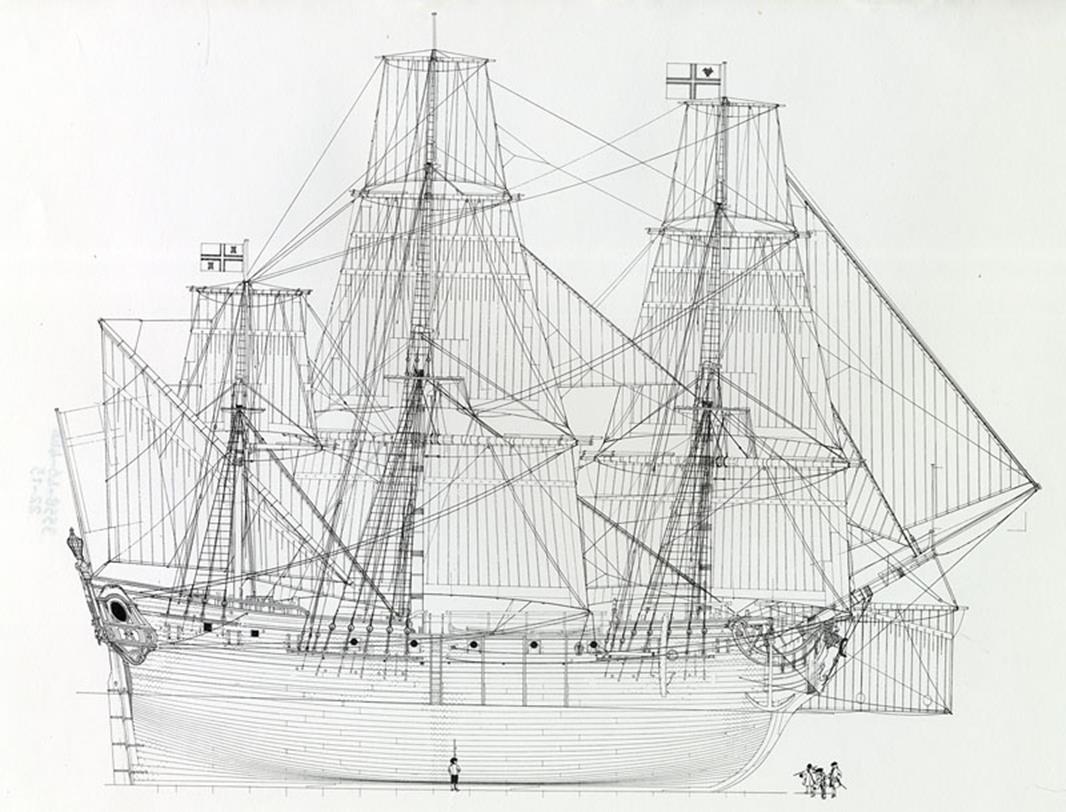


|
Professional Research & Maritime Historian, Author, & Conservator |

|
Minutes – De Pas Feuquieres (at Martinique) - 10 Dec 1717 |
|
Minutes – De Pas Feuquieres - 10 Dec 1717 |



|
Webpage designed by Baylus C. Brooks—Copyright 2015-2017 Baylus C. Brooks All Rights Reserved |

|
Secrétariat d'État à la Marine - Correspondance à l'arrivée en provenance de la Martinique 1717-1727 : Feuquières (François de Pas de Mazencourt, marquis de), gouverneur général des îles du Vent ? Correspondance ? Feuquières (François de Pas de Mazencourt, marquis de), gouverneur général des îles du Vent ? 1717 10 décembre 1717 FR ANOM COL C8A 23 F° 39
Présentation du contenu Escale du Grand-Soleil, de Nantes, capitaine Jean Leclerc, venant de Saint-Domingue ; affaire du capitaine Dosset, de Nantes, commandant le négrier la Concorde pillé par des forbans anglais ; prise par ces forbans d'un bateau appartenant au sieur Henri Saint-Amour, capitaine de milice ; vive activité des forbans ; établissements anglais à Tabago ; mort du déserteur du Régiment de Bourbonnais ; il serait indispensable d'achever au plus tôt la construction de l'hôpital du Fort-Royal.
Content Overview Escale du Grand-Soleil, from Nantes, Captain Jean Leclerc, coming from Santo Domingo; the affair of Captain Dosset of Nantes, commanding the negro Concorde plundered by English pirates; taken by these pirates from a boat belonging to the Sieur Henri Saint-Amour, captain of militia; lively activity of the forbearers; establishments in Tabago; death of the deserter of the Regiment of Bourbonnais; it would be essential to complete the construction of the Fort-Royal hospital as soon as possible.
feuilles 76-81: The Sieur Dosset, captain of the ship of Nantes, the Concorde, left France on April 12 to go and trade the Negroes in Guinea, arrived in Judah on July 8 and left on October 2 with a cargo of five hundred sixteen Negroes on purpose to come to Martinique. But on the 28th of November, sixty leagues of land, by fourteen degrees and twenty-seven minutes of northern latitude, having been attacked by two English fortresses armed with two hundred and fifty men, one of 12 guns, the other of 8, and both. commissioned by English Edouard Titche. These rogues seized this ship and the cargo and the first of December degraded the Sieur Dosset and his crew on the Becouya Island [Bequia; “Crab Island”], near Grenada, except for 14 men, 10 of them by force, the other 4 having made themselves unworthy of good will. Before leaving Becoya [Bequia; “Crab Island”] the buccaneers released Captain Dosset one of their two boats with about two hundred and fifty negroes or negresses and two or three barrels of beans. Two days before, one of the two pirate ships, having crossed the island of St. Vincent, took the boat of Sieur Henri Saint Amour, captain of a company in the militia regiment of Collart. This boat was commanded by the son of the said Henri Saint Amour and was returned by the pirates with a pig, some poultry and several diets of figs and bananas he gave them. Dosset added that he had learned from the Pirate captain that, besides the boat returned to the son of Saint Amour, he had also given him twenty-five Negroes. I will take care to clear up this affair, and if the donation is real and real, I will have the twenty-five negroes returned to the slave-master. Although Dosset told me that he had seen the boat and the pirate ship leave and that they were heading north, it seems that they returned to the Grenadines, since on the sixth of this month a ship coming from the Grenada, passing through Layou, bay of St. Vincent, was driven out by a pirogue of twenty-five men whom the buccaneers sent him, and then by the boat of these same pirates. The next day, another boat from this island also coming from Grenada was also hunted in front of St. Vincent at the place called La Roche Percée and would have been infallibly taken, if in the calm where he was and the pirates he had not used his oars to avoid them promptly. These two masters of boats assured me that the ship and the Pirate boat were the same ones that had taken Dosset and that since then they would probably have made some other catches since passing in front of St Vincent they would have seen a boat and a ship all on fire and that, on the spur of the burning ship, they would have noticed some figures that made it appear that it was the Dauphin belonging to Sieur Simon, a merchant of Saint-Pierre, who was waiting for him from one day to the next. According to the report of Dosset and the two boatmasters, it seems that these pirates armed the Vermudie and they will not be satisfied with the harm they have already done. And from there I will take the opportunity of representing to the Council the usefulness of having two well-armed frigates, both to clean these seas and to make navigation free, and to prevent the foreign trade which will be difficult to destroy without this. Some time ago, Sieur Hums [Francis Hume], captain commanding the Scarborough, ship of the King of England and coastguard of the English Isles, came here to inquire whether there were news of some pirates, but it seems that he sought less for these pirates than to engage in foreign commerce, since it returned to me that at this last subject he had remained a long time at St. Alouzie [Saint Lucia]. By the letters which the last vessel from Grenada has brought me, M. de Pradine informs me that a Caribs* established in his isle, and to which he had permitted him to go on land, told him, on his return, having passed through Tobago, there were establishments made by the English, and a strong house on which they had cannon. If this report is found to be true, it is a formal contravention of the Treaty of Ryswich by the English, who ought not to be unaware that the island of Tobago, which once belonged to the Dutch, has been ceded to us by treaty; that on this foot we should be allowed to accustom ourselves to it.
*Saint Vincent was one of the last Caribbean islands to be colonized by Europeans. The aboriginal Caribs existed there in sufficient force to hold off European incursions until the eighteenth century. In the early seventeenth century, the Black Caribs—a population composed of the descendants of Caribs and African maroons from other islands—emerged on Saint Vincent. |
|
Baylus’ Blog: |


|
Ship similar to description of La Concorde |

